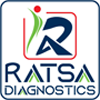You are here > Home / Gastroenterology
What is Gastroenterology ?
Gastroenterology is the study and diagnosis of diseases in the digestive system. It is a branch of medicine that focuses on the digestive system and its disorders. Diseases affecting the gastrointestinal tract include the esophagus, stomach, small intestine, colon, rectum, gallbladder, bile duct, and liver. So if you are suffering from frequent gastrointestinal diseases in the digestive system, you must consult a gastroenterology doctor and seek the necessary treatment. Gastroenterologists, or often searched as gastroenterology doctor near me, are trained to diagnose and treat disorders in the gastrointestinal tract and liver. Your gastroenterologist will examine the symptoms and recommend tests to start your treatment.
Upper GI Endoscopy
How does your gastroenterology doctor know about your GI tract diseases? Gastroenterologists perform upper GI endoscopy to see the upper lining of your GI tract and identify the gastrointestinal disorders. During this procedure, your GI specialist will use an endoscope, a thin, flexible tube with a camera to obtain a small piece of tissue to identify the GI disorders and treat symptoms and conditions that affect the esophagus, stomach, and upper intestine.
Although upper GI endoscopy may be a bit uncomfortable, it is a painless procedure. Your doctor will inject you with general anesthesia to minimize your pain and discomfort.
Although upper GI endoscopy may be a bit uncomfortable, it is a painless procedure. Your doctor will inject you with general anesthesia to minimize your pain and discomfort.
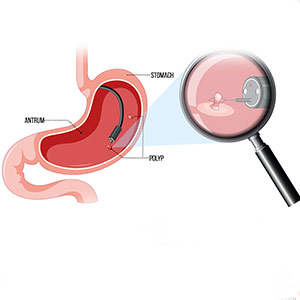

Upper GI Endoscopy
How does your gastroenterology doctor know about your GI tract diseases? Gastroenterologists perform upper GI endoscopy to see the upper lining of your GI tract and identify the gastrointestinal disorders. During this procedure, your GI specialist will use an endoscope, a thin, flexible tube with a camera to obtain a small piece of tissue to identify the GI disorders and treat symptoms and conditions that affect the esophagus, stomach, and upper intestine.
Although upper GI endoscopy may be a bit uncomfortable, it is a painless procedure. Your doctor will inject you with general anesthesia to minimize your pain and discomfort.
Although upper GI endoscopy may be a bit uncomfortable, it is a painless procedure. Your doctor will inject you with general anesthesia to minimize your pain and discomfort.
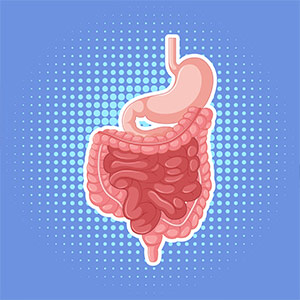
Lower GI Endoscopy
Lower GI endoscopy is a procedure used to examine the large intestine of the patient. Lower GI endoscopy allows the gastroenterologist to view the mucosal lining of the lower gastrointestinal tract. This procedure is generally a screening test to diagnose abdominal pain, rectal bleeding, or a change in bowel movements. While performing lower GI endoscopy, the gastroenterology doctor uses X-rays and a liquid called barium to see your large intestine. The procedure usually takes about 30 minutes if your large intestine is examined. However, if only the lower part of your bowel is examined, the procedure will take a shorter time.
Colonoscopy
Besides diagnosing your colon or rectum, you can visit the liver gastro clinic to look for any liver disease with the help of a colonoscopy examination. A colonoscopy is a procedure to examine your colon and rectum and look for changes such as swollen tissues, polyps, cancer, and ulcers. During colonoscopy, a long flexible tube with a tiny camera at the tip is inserted inside your rectum, and sample tissues (biopsies) are taken to identify the disorders. If required, polyps or any other abnormal tissues are also removed during a colonoscopy through a scope.
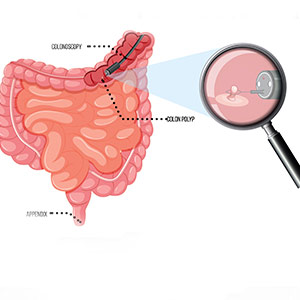

Colonoscopy
Besides diagnosing your colon or rectum, you can visit the liver gastro clinic to look for any liver disease with the help of a colonoscopy examination. A colonoscopy is a procedure to examine your colon and rectum and look for changes such as swollen tissues, polyps, cancer, and ulcers. During colonoscopy, a long flexible tube with a tiny camera at the tip is inserted inside your rectum, and sample tissues (biopsies) are taken to identify the disorders. If required, polyps or any other abnormal tissues are also removed during a colonoscopy through a scope.
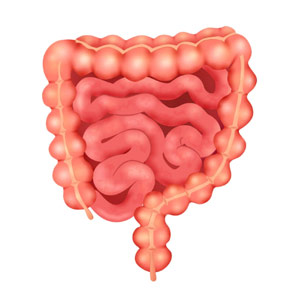
Sigmoidoscopy
Sigmoidoscopy is a medical examination to screen the large intestine from the rectum to the nearest part of the sigmoid colon. It is recommended that both men and women should undergo sigmoidoscopy starting at age 50. During a sigmoidoscopy, a thin, flexible tube is inserted into the rectum to get a view of the descending colon of the large intestine. After sigmoidoscopy, you can experience cramping or bloating in the abdomen during the first few hours of the procedure. After that, you can resume your regular activities and diet.
Esophagogastroduodenoscopy
Esophagogastroduodenoscopy is a procedure to observe the lining of the esophagus, stomach, and part of your small intestine. This procedure is performed to help in the diagnosis or treatment of stomach ulcers, inflammation, cancer, or dysphagia in the upper gastrointestinal tract. If you have severe gallstone pain, you might be recommended for gallstone surgery after examining your condition and severity with this test. This procedure is done using a long and flexible tube called an endoscope which is put into the mouth and throat and slowly passes through the esophagus and stomach.
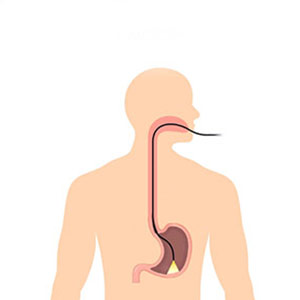

Esophagogastroduodenoscopy
Esophagogastroduodenoscopy is a procedure to observe the lining of the esophagus, stomach, and part of your small intestine. This procedure is performed to help in the diagnosis or treatment of stomach ulcers, inflammation, cancer, or dysphagia in the upper gastrointestinal tract. If you have severe gallstone pain, you might be recommended for gallstone surgery after examining your condition and severity with this test. This procedure is done using a long and flexible tube called an endoscope which is put into the mouth and throat and slowly passes through the esophagus and stomach.
Make an Enquiry
Contact Details
Location :
4,Syed Amir Ali Avenue Kolkata - 700017 ( Near Park Circus 7 point crossing )
Phone No :
Whatsapp No :
9748453151
Email ID :
care@ratsadiagnostics.com
 033 – 22900455
033 – 22900455